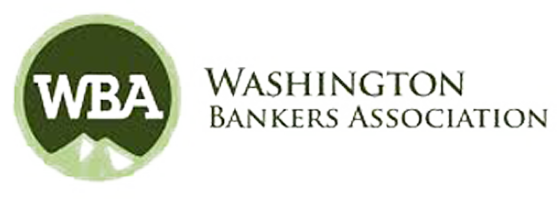Compliance Alliance: ATR/QM Patiently Pursuing
This week we wanted to focus on the Ability to Repay/Qualified Mortgage (ATR/QM) rules and some of the most common questions we are asked about these rules. As a quick refresher, these rules were effected in 2013 to prohibit creditors from originating residential mortgage loans without first making reasonable and good faith determinations based on verified and documented information that the consumers have the ability to repay the loans.
QM loans are a special category of loans that create a bit of a “safety net” for creditors in that a QM loan provides a presumption that the ATR requirements have been met. We still see quite a few questions related to the protection from liability and how to make the determination. So, as a refresher, General and GSE Patch QMs have a threshold of 1.5 percentage points above APOR for 1st lien covered loans and a threshold of 3.5 percentage points above APOR for subordinate lien covered loans in order to be considered “higher-priced.” Small Creditor and Balloon Payment QMs have a threshold of 3.5 percentage points above APOR, regardless of lien position, in order to be considered “higher-priced.” If the QM is considered higher-priced, then the creditor has a rebuttable presumption of compliance, which means the court will presume the loan complies with the ATR requirements; however, the consumer may offer evidence to rebut this presumption. The creditor may then have to be able to show documentary evidence of compliance with the requirements. If the QM is not higher-priced, then the creditor has a safe harbor of compliance, which means there’s a legal protection against claims the creditor failed to make a reasonable and good faith determination of repayment ability.
The Temporary GSE QM (GSE Patch) category is scheduled to expire on January 10, 2021, or when the GSEs exit conservatorship, whichever comes first. As we discussed in our August 7 newsletter, the CFPB issued an Advance Notice of Proposed Rulemaking back in July and the comment period has now ended, so we’re waiting to see what they will decide to do about expanding the definition of the General QM category to accommodate for the loss of this QM. No answers yet.
We are also still waiting for guidance relative to the new QM provided as a result of the passage of the Economic Growth, Regulatory Relief and Consumer Protection Act (EGRRCPA, aka S.2155). Section 101 of S.2155 is a provision for an additional category of Qualified Mortgages. This provision creates a new QM option for larger lenders with assets up to $10 billion. It is very similar to the Small Creditor QM in that total points and fees cannot exceed 3% of the total loan amount; the loan cannot have negative amortization or interest-only features, and the lender has to comply with the same prepayment penalty requirements. However, it eliminates the origination limits and it must be retained in the portfolio for the life of the loan rather than just three years. This QM provision relaxes underwriting criteria, requiring lenders to consider and document a borrower’s debts, incomes, and other financial resources but does not require the use of Appendix Q and permits multiple methods of documentation. While this section was effective upon the signing of the Act, we are still awaiting guidance from the CFPB that would instruct us on how to comply with this provision.
Compliance Alliance, a WBA PROS Endorsed Vendor, provides an all-inclusive compliance solution for banks of all sizes. Compliance Alliance provides its members with an ever-increasing set of bank compliance tools and services that help them stay up-to-date with federal consumer and regulatory requirements. Membership offers three main areas of support including downloadable documents, a compliance hotline, and review services. Compliance Alliance members receive unlimited access to all products and services for one annual fee.
